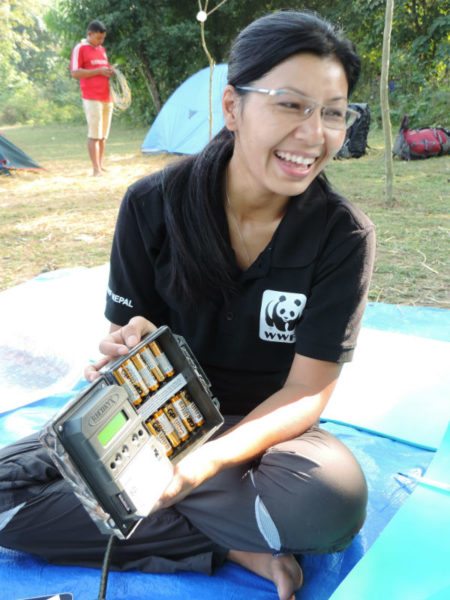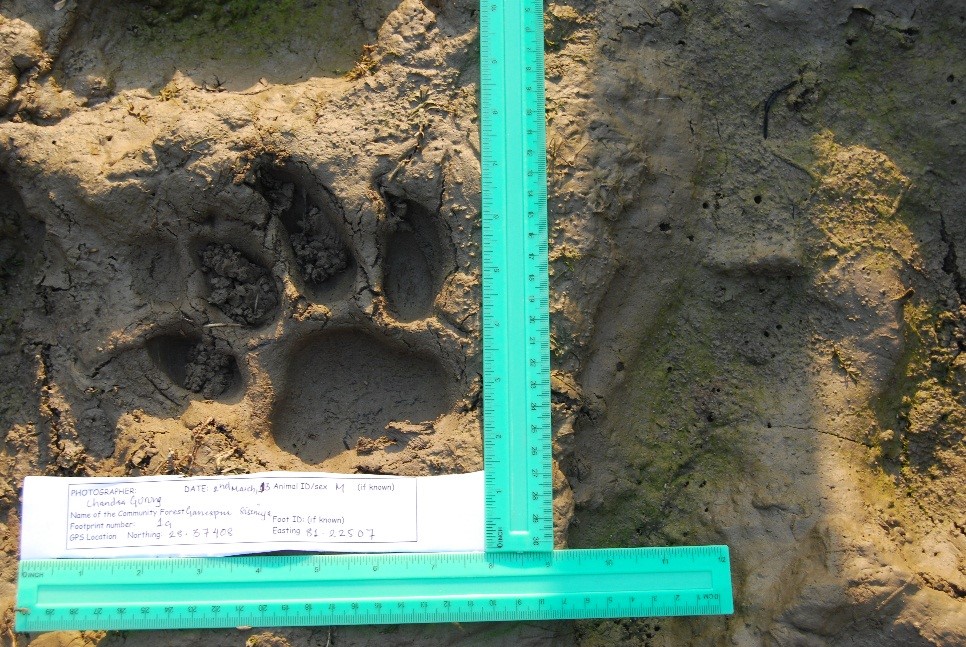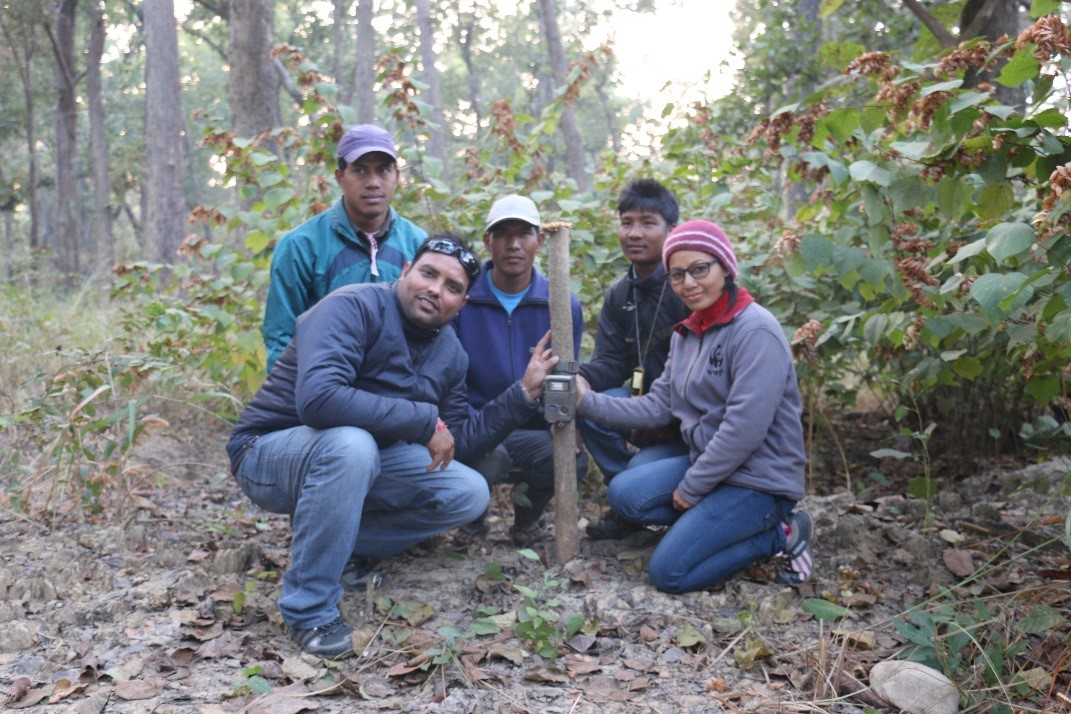Meet one woman helping wild tigers thrive
WWF-Nepal senior research officer Sabita Malla spends weeks on end living in Nepal’s jungles, working on a range of wildlife projects, including studies on the one-horned Asiatic rhino, a country-wide population assessment of crocodiles and tiger and prey-monitoring operations.

Her most recent tiger project took place earlier this year in the western Terai Arc Landscape, where she and her team monitored the area using 140 camera traps. The results of the project will provide a new tiger population estimate as part of a national survey scheduled to be released in 2017.
How Canadians are helping
It’s the kind of work Canadians are helping to support by donating to WWF-Canada. “As a result of the invaluable support that we have been receiving from Canadians through WWF-Canada over the years, we have been able to restore tiger and prey populations in Banke National Park,” Malla says.
The increase in tiger numbers, however, has also brought new challenges, particularly in buffer zones surrounding protected areas, and her team will need to continue their efforts in order to achieve the Tx2 goal of doubling wild tiger numbers by 2022.
“I strongly believe that every one of us has a role to play to save wild tigers,” Malla says.
How you can help now
- Donate now
- Symbolically adopt a tiger
- Spread the message about the plight of wild tigers #doubletigers
- Help prevent illegal wildlife trade by refusing to buy tiger parts and products prepared from tiger derivatives.

A day in the life
When Malla is in the field monitoring tigers, a typical day involves waking up at 5 a.m. to get started on prey population surveys, which takes about six hours each day.
After a quick rest, she spends the afternoon checking camera traps and going through each and every photo captured by the cameras looking for tigers.
Each tiger has unique stripes, like our fingerprints, so Malla analyzes the image of each tiger to determine whether researchers have already seen that tiger.
“While analyzing tiger patterns, I always find myself wishing for the patterns to be different than the ones that have already been analyzed,” Malla says. “When I do realize that they’re different, I am always very happy.”
Most memorable moment
When asked about some of her most memorable experiences in the field, Malla recalls a night when she, along with 10 other volunteer students and four local citizen scientists, slept under the open sky in the middle of Banke National Park. They were on their way back from a field survey and couldn’t make it back to camp before dark.
“Back in 2010, Banke National Park had extremely low populations of wild animals and we thought it would be safe enough to sleep in the open,” Malla explains.
As a result of increased conservation initiatives in the park, they probably wouldn’t make the same decision today. “It would be disastrous,” she says, “with the number of tigers, sloth bears and elephants in the park.”

